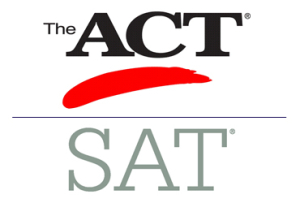High SAT scores required to beat the effects of grade inflation
By Daryl CapuanoGeneral Education Advice
“He has a 96 average, nothing special. It’s not like he’s over 100.” That is word for word quote from a parent at one of our local Shoreline, CT schools. It wasn’t too long ago that a 96 average would put someone squarely in the top 10% of a class and possibly on higher end of that thin slice. But this savvy mom had older children who graduated in the last few years. She knew exactly what she was talking about as the school her son attends has 50% of the class with over 90 averages.
In the drive to avoid battles with parents, high school teachers have gradually shifted grades such that the general range is 80 to 100. And with weighted GPAs, the number of students at, above, or hovering around 100 has reached non-sensical proportions.
I worry that this will create stress but it is necessary information: your child’s GPA is likely not as good on a comparative basis as you might think.
What does this mean for test scores? It means colleges have noticed this trend as well and more than a few college admissions officers have commented directly to me that test scores matter so much because grade inflation has made comparing students indecipherable.
For example, is there a meaningful difference between a student with a 93 average from Old Lyme and a 91 average from East Lyme? What if the East Lyme student scored a 1300 and the Old Lyme student an 1100 on the SAT? In that case, the college admissions decision will be easy.
Therein lies the problem. Strong students all have averages in the 90s (or A-/As on their transcripts). Test scores become the only meaningful way to differentiate. Another “it is what it is comment” not what I think should be.

CEO, The Learning Consultants and Connecticut’s top private education consultant
full bio

